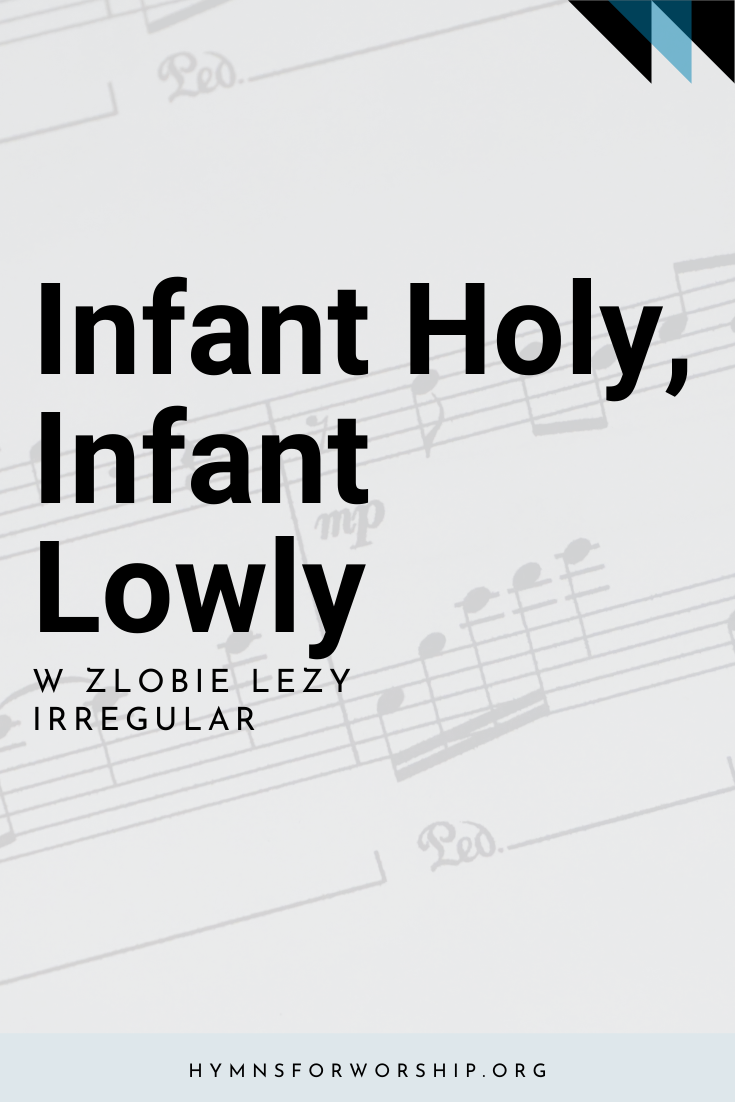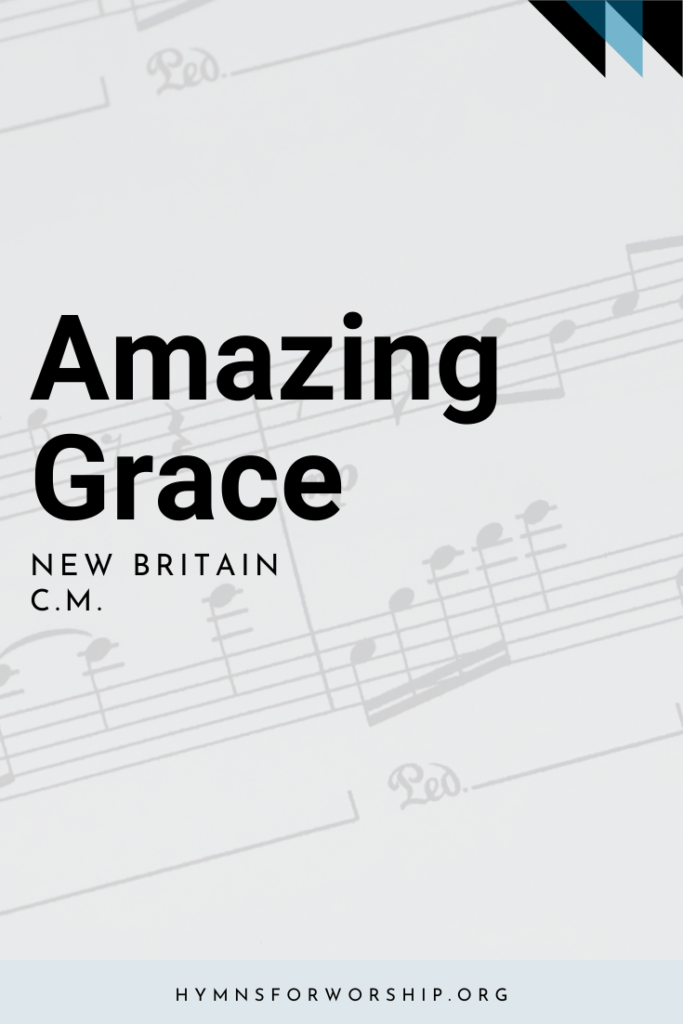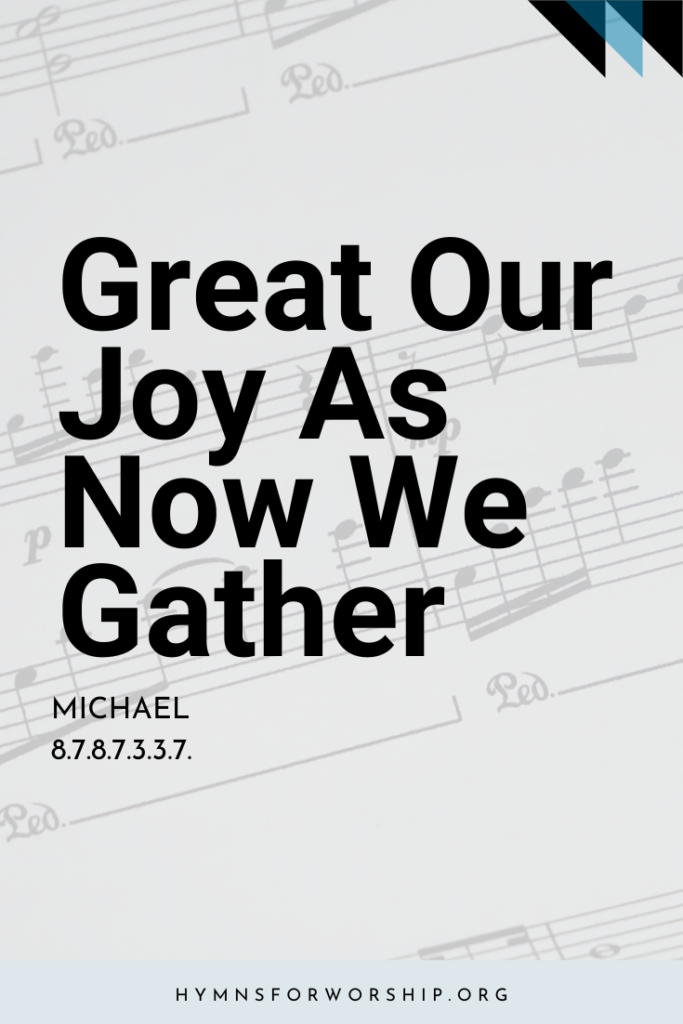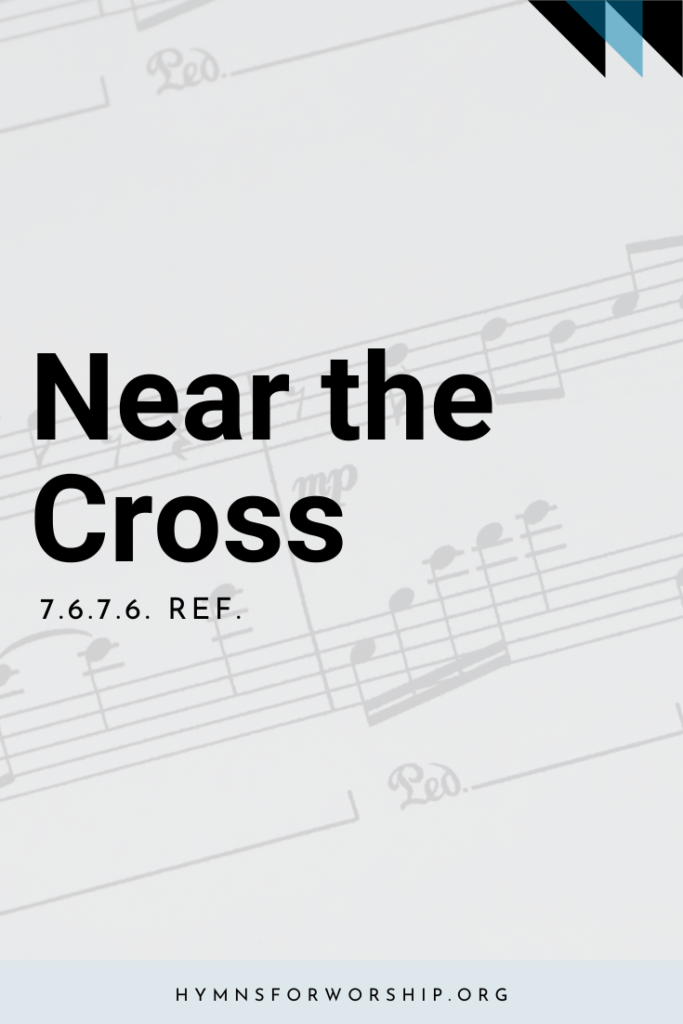JESUS CHRIST >> Birth
SDAH 127
Infant holy, infant lowly,
For His bed a cattle stall;
Oxen lowing, little knowing
Christ the babe is Lord of all;
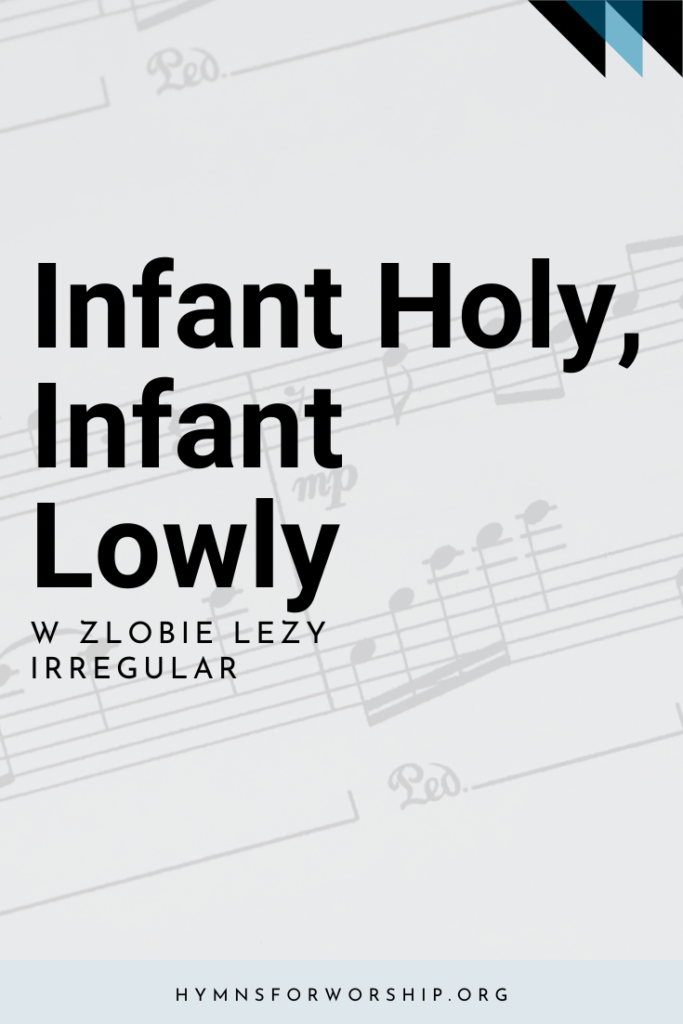

Text
1
Infant holy, infant lowly,
For His bed a cattle stall;
Oxen lowing, little knowing
Christ the babe is Lord of all;
Swift are winging angels singing,
Noels ringing, tidings bringing,
Christ the babe is Lord of all,
Christ the babe is Lord of all.
2
Flocks were sleeping, shepherds keeping
Vigil till the morning new;
Saw the glory, heard the story,
Tidings of the gospel true;
Thus rejoicing, free from sorrow,
Praises voicing greet the morrow,
Christ the babe was born for you,
Christ the babe was born for you.

Hymn Info
Biblical Reference
(a) Luke 2:7, 11-13 (b) Luke 2:8-10
Translator
Edith M. Gellibrand Reed (1885-1933)
Text Source
Polish carol
Year Published
1921
Copyright
Arrangment copyright by Australian Hymn Book Co.
Hymn Tune
W ZLOBIE LEZY
Metrical Number
Irregular
Tune Source
Polish carol melody, c. 13th century
Theme
BIRTH OF JESUS CHRIST
Hymn Score
Piano Accompaniment
Notes
Get to know the hymns a little deeper with the SDA Hymnal Companion. Use our song leader’s notes to engage your congregation in singing with understanding. Even better, involve kids in learning this hymn with our homeschooling materials.
Both words and music of this traditional carol from Poland are thought to date from the thirteenth century. SDAH notes the meter as “Irregular,” but it could be counted as 8.7.8.7.8.8.7.7., the same as SDAH 128, ERMUNTRE DICH. However, the two are not interchangeable, because of a difference in the musical phrasing and where the accents fall. Based on a typical Polish folk dance rhythm, W ZLOBIE LEZY feels more like 4.4.7.4.4.7., etc., because all of the eight-syllable phrases are broken up by the music and rhyming scheme into two phrases of four syllables each, such as “swift are winging, angels singing.” Its popularity is undoubtedly a result of this very natural rocking lullaby rhythm or two eighth notes followed by two quarters, and these interior rhyming schemes.
The English version of the carol was first published in a monthly magazine, Music and Youth, of which Edith Reed was the editor, 1923-1926. Its first appearance in a hymnal was in England in 1926, in School Worship’ edited by George Thalben-Ball and published by the Congregational Union of England and Wales. Note that each stanza ends with a practical application, first for all, then a personal one.
Edith Margaret Gellibrand Reed was born in Islington, London, in 1885. She was educated at Clifton High School, St. Leonard’s School, St. Andrews’, and the Guildhall School of Music, An associate of the Royal school of Organists, she devoted her whole life to making music more attractive to children, writing and editing several books and magazines toward this goal. Some of her publications were The Music Student, Panpipes, and Story Lives of the Great Composers. She died June 4, 1933.
The tune name W ZLOBIE LEZY comes from the first line of the original Polish carol, and means “in manger lies.” The musical arrangement is by the committee that prepared The Australian Hymn Book, 1977.
-from Companion to the Seventh-day Adventist Hymnal by Wayne Hooper and Edward E. White

